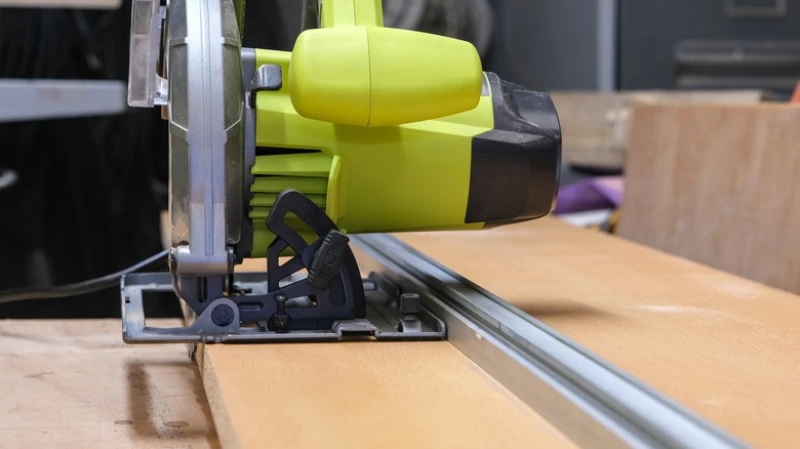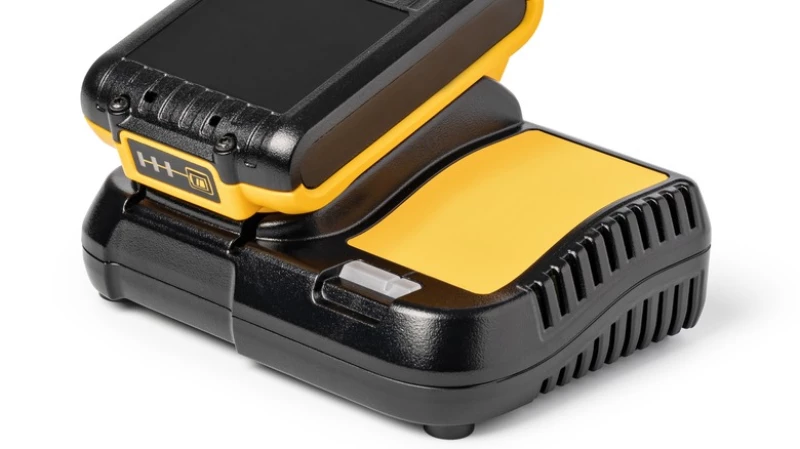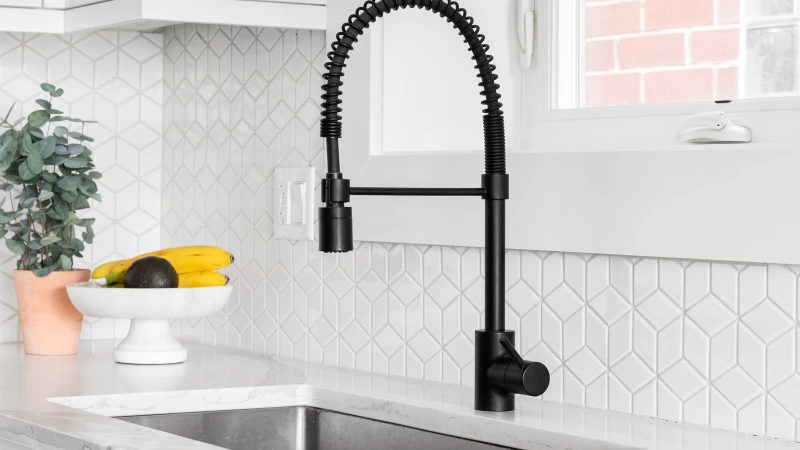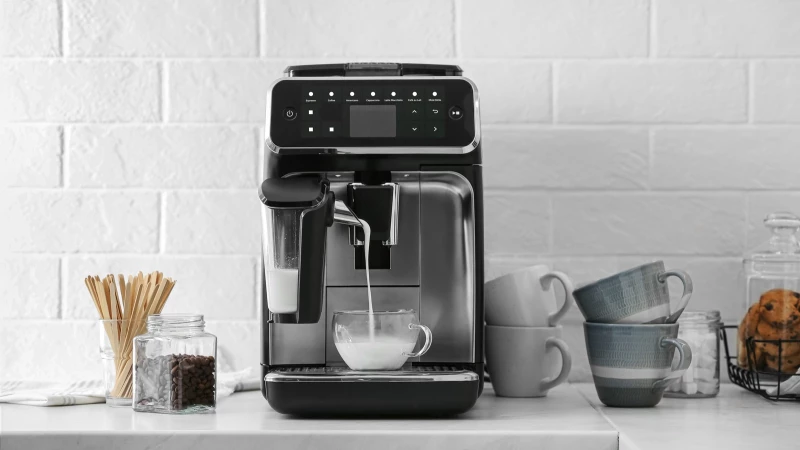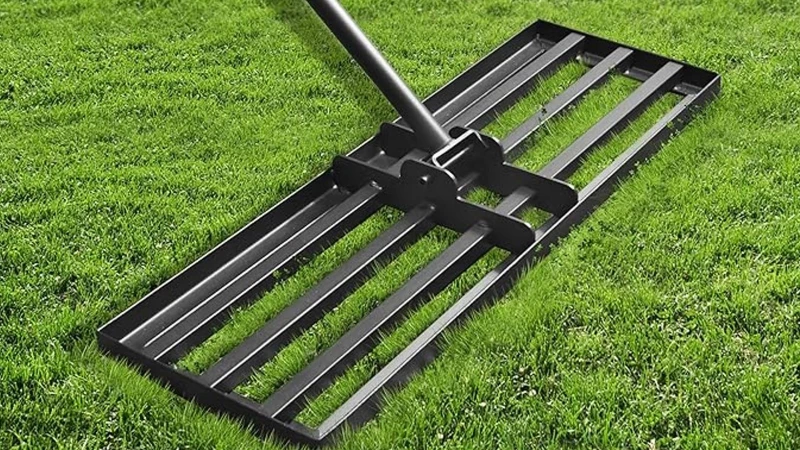Essential Power Tool Accessories for Homeowners
Power tools help homeowners accomplish a plethora of DIY tasks quickly, effectively, and without needing expensive contractors. But even the best power tools are hardly useful without a suite of accessories to support their function. These add-ons drill holes, cut through materials, finish surfaces, and help the tools stay charged.
Most modern power tools accommodate a range of accessories that you can swap out quickly as you move through different stages of your home improvement project. For example, a quality bit kit lets your power drill make holes in almost any material and drive screws in quickly, without manual effort. Likewise, outfitting your power saw with a multitude of blades gives you flexibility in your workshop — and saves frequent trips to the hardware store.
However, like power tools, accessories are not always cheap. So, you may wonder which of these add-ons are worth the investment. To help you decide, we've overviewed the most useful and versatile accessories you should consider stocking in your toolbox.
A power saw is one of the most essential tools in a woodworker's toolkit, but its efficiency depends on the type of saw blade used. The blade is the component that does the actual cutting, so it must be suitable for the material and the type of cut you want to make. Investing in a variety of saw blades for different materials and cutting needs equips you to handle any woodworking project.
Different saw blades are designed for cutting different materials. The blade's tooth configuration, material, and size determine its application. For instance, circular saw blades are ideal for cutting wood, while diamond-tipped blades are more suitable for cutting through concrete or tiles. Each material you work with requires a specific type of saw blade to ensure clean and precise cuts.
Furthermore, the size of the saw blade also plays a crucial role in the cutting process. Blade diameter and tooth count affect the type of cut and the smoothness of the finish. By having a range of saw blades in various sizes and tooth configurations, woodworkers can adapt to different cutting requirements and achieve professional results. Consider investing in a set of saw blades that includes options for cutting wood, metal, plastic, and other materials for versatility in your woodworking projects.
Power saws are essential tools for homeowners tackling DIY projects. However, to make the most of your saw, you need a good selection of saw blades. It's important to have different types of blades on hand as the material you're cutting will determine the type of blade you need for the task at hand.
The configuration of the blade's teeth plays a crucial role in the type of material and cut you can achieve. Generally, finer cuts require more teeth that are closely spaced, while blades with fewer teeth are better suited for quick and coarse cutting jobs. Blades with larger teeth spaced farther apart (around 24 teeth) are ideal for cutting large pieces like lumber, laminated beams, or pressure-treated decking. Conversely, blades with smaller, closely grouped teeth (ranging from 60 to 96 teeth) are better for cutting veneered plywood, MDF, metals, and plastics. If you're working with tile or slate, a continuous-rim, diamond-edged blade is recommended.
For a versatile selection of blades, reciprocating saw blade sets are a great option. For instance, the 50-piece Milwaukee set available at Home Depot provides 17 blade types with varying tooth-per-inch counts and lengths. On the other hand, circular saw blade sets typically come with fewer pieces. If you're looking for a budget-friendly option, you can consider the assorted 3-pack available at Lowe's, which includes a 24-tooth wood blade, a 60-tooth metal blade, and a carbide blade for cutting ceramic tile.
When it comes to woodworking, having the right tools can make all the difference in the quality of your projects. Router bits are essential accessories for woodworking enthusiasts, allowing them to create intricate designs and smooth finishes on their pieces. With a variety of router bits available on the market, it's important to choose the right ones for your specific needs.
For beginners, it's recommended to start with a basic set of router bits that includes straight, flush trim, and round-over bits. These versatile bits can handle a wide range of woodworking tasks and are perfect for creating clean edges and joints. As you gain more experience, you can expand your collection to include specialized bits like dovetail, chamfer, and cove bits.
When shopping for router bits, consider the material they are made of. Carbide-tipped bits are durable and maintain their sharpness longer than high-speed steel bits, making them a great investment for frequent woodworkers. Additionally, pay attention to the shank size of the bits, as they must match the collet size of your router for a secure fit.
Whether you're working on a simple DIY project or a complex woodworking masterpiece, having the right router bits in your toolbox is essential for achieving professional results. This set of router bits from Rockler offers a wide selection of high-quality bits for all your woodworking needs, ensuring precision and efficiency in every cut.
Router bits are indispensable tools for woodworking enthusiasts. These small attachments are designed to fit onto routers, which are power tools used to hollow out wood or other materials to shape their surfaces. Routers operate by rotating bits, similar to how drills spin their drill bits. However, router bits differ in that they cut with their edge to create the desired shape or texture on the wood, as opposed to drill bits that primarily make holes.
A diverse collection of router bits enables craftsmen to produce a variety of shapes in different materials. For instance, straight router bits are ideal for carving out a wood surface to create a mortise. Conversely, chamfer bits, rabbeting bits, and ogee bits offer the ability to make different types of cuts along the edge of a wooden panel. It's important to note that not all router bits are suitable for wood; certain materials like metal, fiberglass, plywood, and MDF require specially designed bits to prevent damage to the material or the bits themselves.
Numerous DIY woodworking projects, spanning from beginner to advanced levels, necessitate router bits for tasks such as grooving, trimming, shaping edges, and crafting joints. An excellent option is the 15-piece router bit set available at Home Depot, which includes flush trim, straight, rabbeting, dovetail, chamfer, Roman ogee, hinge mortising, and roundover bits ranging in size from ¼ to ⅝ of an inch.
Bit extensions are like the helping hand you need to reach those inaccessible places when drilling. Imagine a structural piece deep inside a wall cavity, too far for your arm to reach. An extension can bridge that gap and allow you to drill the hole. Similarly, in tight spaces where you lack the clearance to angle your tool correctly, a flexible extension can assist in maneuvering your bit effectively.
There are various types and sizes of bit extensions available. Some simply extend the reach of twist or screwdriver drill bits, while others offer flexibility to drill in confined areas where a regular drill won't fit. These extensions come in different lengths and designs to accommodate various shank types.
With the multitude of extension options out there, it can be challenging to find a one-size-fits-all solution for drilling in hard-to-reach spots. However, having a selection of rigid and flexible extensions in different lengths can equip you to handle most locations. Consider investing in this impact-compatible DeWalt set from Home Depot, which provides durable extensions that allow drilling at various angles and guide your bits into tricky areas.
Oscillating tool attachments for versatile uses
Oscillating tools are often called "multi-tools" because they can perform such a large variety of tasks. Their head moves rapidly back and forth at a small angle. This oscillating movement allows the attachment to saw, grind, sand, rasp, and polish various materials. Each of these tasks requires a different type of attachment.
If you need to make short, accurate cuts, or cuts that extend deep into the surface, a straight blade is most suitable. Conversely, a semi-circular blade helps you make longer, straight cuts more accurately. Either of these blade shapes can make flush cuts, which are often used to saw under an existing baseboard to make room for new flooring material. Meanwhile, if you plan to use your oscillating tool for sanding or scraping, consider the attachment's shape and grit. Most multi-tool sanding attachments are triangular to facilitate working in hard-to-reach places, like corners. However, you can opt for narrower pads when sanding in less accessible spots. Choose the coarser grit (up to 100) for rough, scraping jobs, and finer grit (100 and up) for finishing surfaces.
Batteries to keep power tools running
A quality attachment allows you to use your oscillating tool for all the cutting, grinding, and sanding tasks it's meant to handle. For example, this 20-piece Milwaukee set from Home Depot features straight blades in seven sizes, a semi-circular blade, and a sanding attachment with 60-grit and 120-grit sandpaper sheets. This substantial assortment of accessories should suffice for most DIY multi-tool jobs.
Power tool batteries are typically only compatible with equipment from the same brand. So, you have little choice but to buy batteries from the same maker as your tool. That said, you may have more options in how long the battery lasts between charges as the capacity depends on its amp-hours. Higher amp-hour ratings translate to longer usage without stopping to recharge. At the same time, this rating has a positive correlation with the battery's price and bulkiness.
Having power tools from the same manufacturer can be convenient as you can use a single battery for all of them. However, if you have tools from different brands, you may need to purchase separate replacement batteries for each one. For instance, the 5Ah DeWalt battery pack available at Home Depot is compatible with all DeWalt 20-Volt tools. Similarly, if you own tools from Milwaukee's M18 lineup, you can buy extra batteries at Ace Hardware.
Battery chargers to power them back up
Even premium, high amp-hour lithium batteries eventually run out and need charging. To reduce the time your cordless power tools sit idle, consider investing in quality chargers. Like batteries, chargers are designed to work with tools from specific brands.
When you're choosing a charger, the key factor to consider is the speed with which it replenishes the battery's power store. The slowest of chargers may cost less, but you also may need to leave your battery on overnight for a full charge. Regular chargers do the job in about six hours, while the fastest models come at a cost but can have your tool up and running again within an hour. For DeWalt tools, this four-port charger from Lowe's allows you to charge multiple batteries at once and has an average charging time of an hour and a half. If your toolbox contains Milwaukee tools, you can power them with this two-port, fast lithium battery charger from Home Depot that also comes with two 18V 6Ah batteries.
Power tool stands for more functionality
Your power tools enable you to work on a multitude of DIY tasks. Some of these activities demand that you stabilize the material you're handling and position it at a comfortable working height. Power tool stands are the answer — they allow you to drill, saw, grind, and sand virtually any material without kneeling on the floor and straining your back.
A tool stand's intended use dictates its configuration. For example, miter saw stands come with special mounting brackets to secure the saw and beams that hold the material you're cutting. These tables are designed to support heavy loads. Meanwhile, grinder stands have a much smaller footprint and only provide enough surface area to mount the grinder on top. Some multi-purpose benches can be used for numerous DIY tasks and even help you store your equipment. However, you must ensure it's equipped to support your type of power tool and the maximum weight of machinery and materials. First, establish what working height you're most comfortable with and find a stand to accommodate it. Since the optimal height may vary depending on the task, an adjustable stand is a wise option.
Since many DIY projects involve multiple tasks, it's best to invest in a stand that supports a variety of power tools. This multi-purpose stand from WEN from Home Depot is designed for miter saws and planers — two common power tools that must be operated on a sturdy work surface. It can also accommodate other tools and tasks, such as grinding, sanding, drilling, and routing.
Enhancing Power Tool Performance with Proper Lubrication

When it comes to power tools, keeping them well-lubricated is key to ensuring smooth operation and longevity. Power tools rely on various moving parts to perform tasks such as drilling, sanding, sawing, and grinding. However, these moving parts can generate friction, leading to heat build-up and accelerated wear and tear.
Regular lubrication is essential to reduce friction and prevent damage to the power tool components. By coating the surfaces of the moving parts, lubricants create a barrier that prevents direct contact and minimizes wear. In addition to reducing friction, modern power tool lubricants also offer protection against corrosion and help to keep dust and debris at bay.
By incorporating proper lubrication practices into your power tool maintenance routine, you can enhance performance, extend the lifespan of your tools, and ensure smooth and efficient operation for years to come.
When it comes to maintaining your power tool, it's important to choose a lubricant that not only reduces friction but also protects your machinery from rust. This is especially crucial if you operate your power tool in a humid or marine environment. Luckily, there are many lubricants available in the market that come equipped with rust inhibitors. These inhibitors are chemicals that work to prevent moisture from coming into contact with the parts of your tool, thus warding off corrosion.
One such example is the WD-40 silicone lubricant available on Amazon. This lubricant is specifically designed to prevent friction, corrosion, and the buildup of debris on your power tool.



